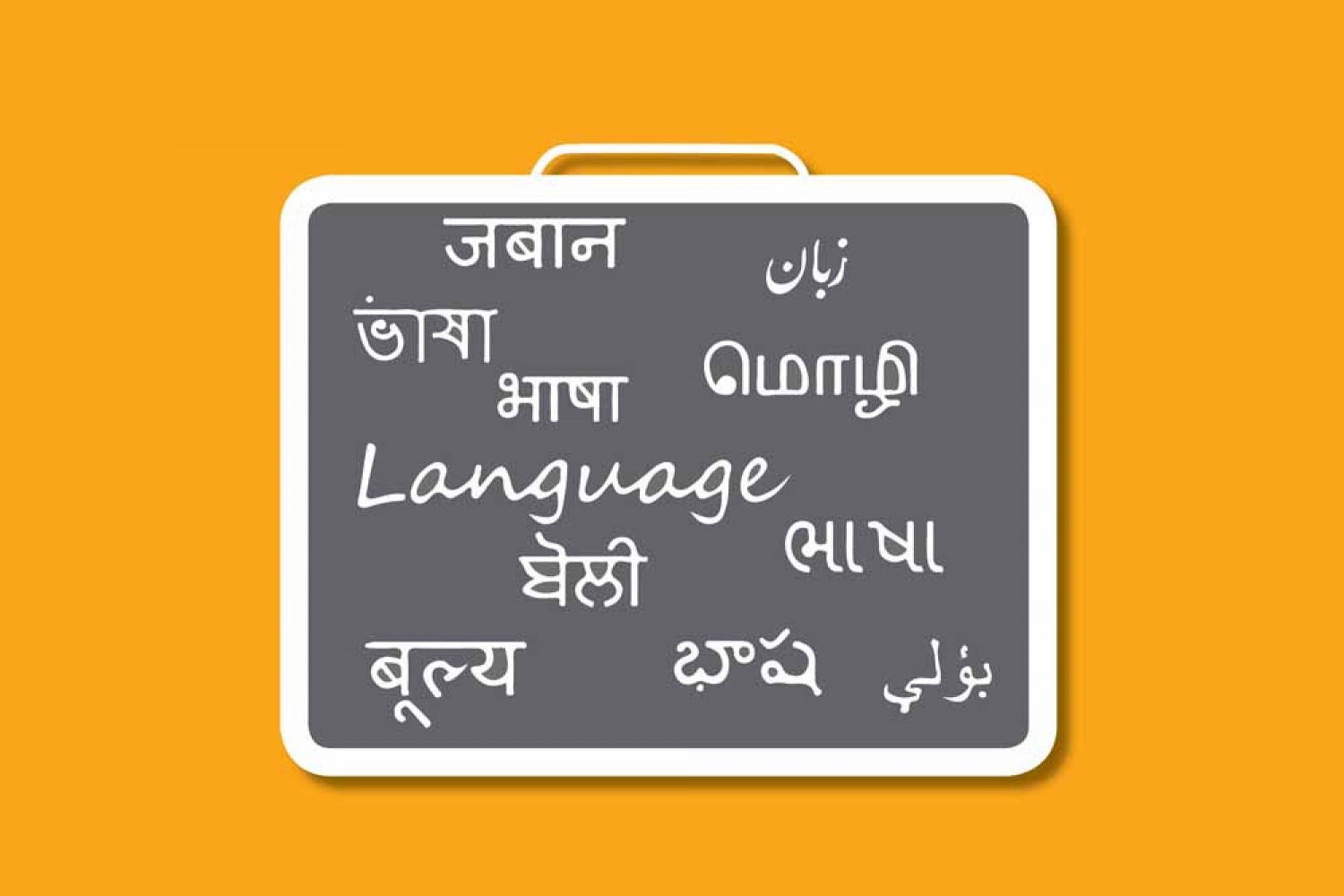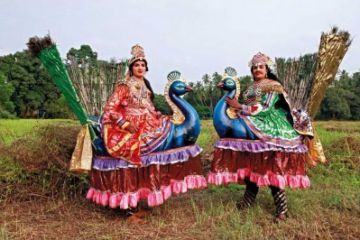
When I was 12, one
day, my class-teacher announced that anybody who spoke in Malayalam would be
fined 50 paise. Excited by the challenge, we secretly passed notes in Malayalam
or during recess and lunch hour, sat in silence or mumbled a few words to each
other in English, not knowing which of us the teacher had appointed as the
“spy” to note down the names of those who talked in our mother tongue, so that
the next day she could call them out in class. This policy would help us
improve





